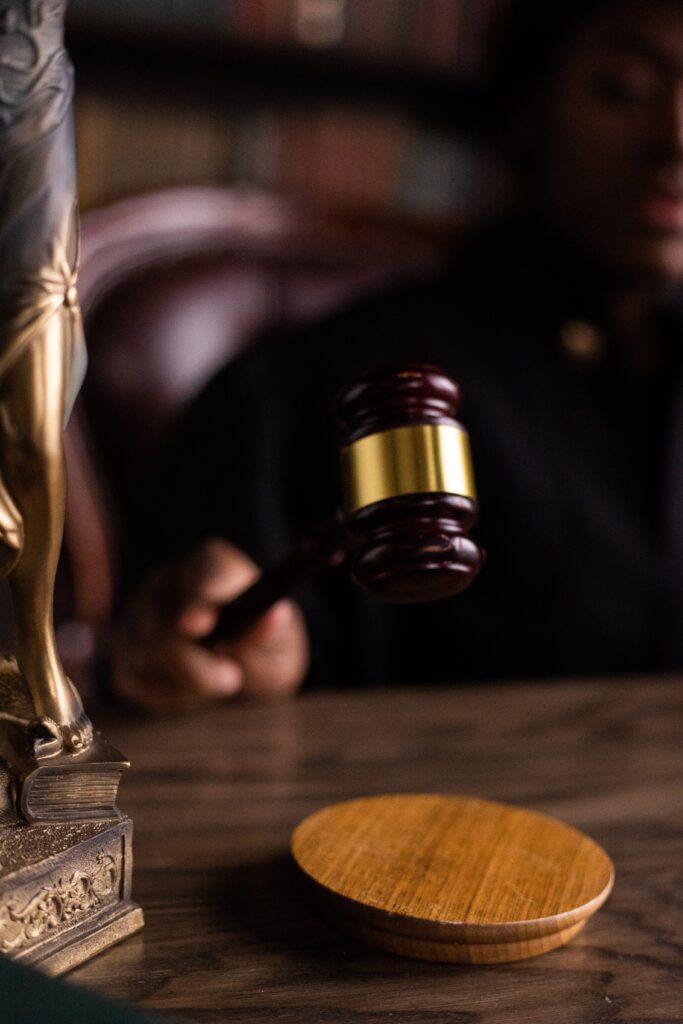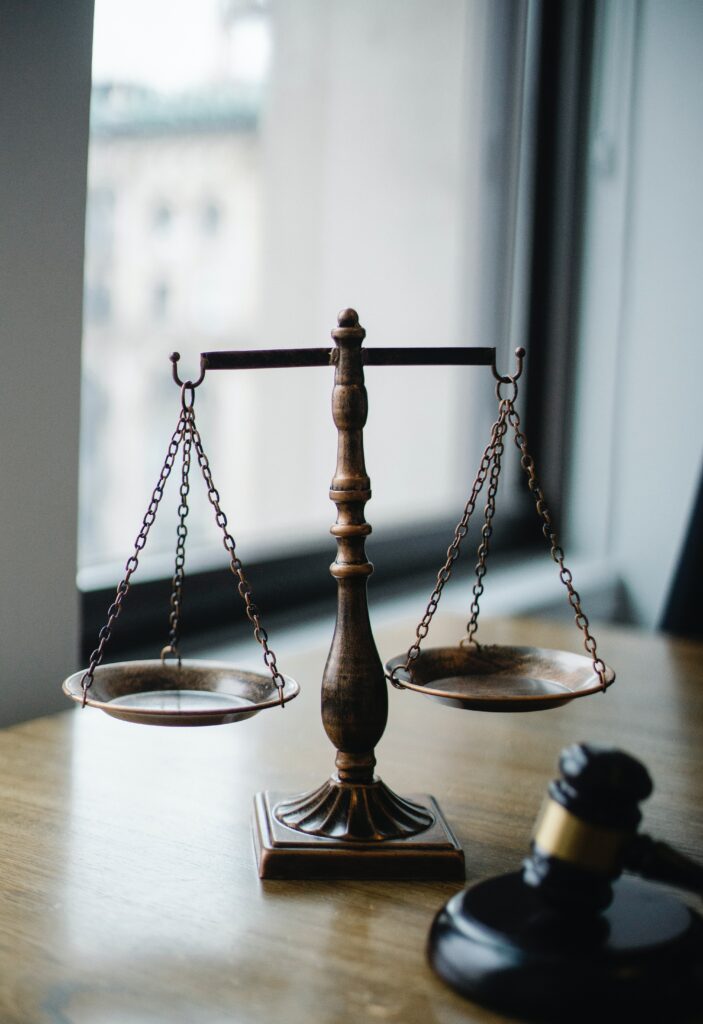Introduction
When it comes to the Indian Constitution, two crucial articles play a significant role in safeguarding the fundamental rights of its citizens. These articles are Article 32 and Article 226. In this article, we will delve into the details of Article 32 and Article 226, provide examples to illustrate their significance, and explain why they hold immense importance in the Indian legal system.

1. Understanding Article 32
1.1 Scope and Purpose
Article 32 of the Indian Constitution grants every citizen the right to move to the Supreme Court for the enforcement of their fundamental rights. It acts as a constitutional remedy, ensuring that individuals have a direct approach to the apex court to seek justice and protection in case their fundamental rights are violated.
The purpose of Article 32 is to serve as a fundamental right itself, providing individuals with a powerful tool to safeguard their other fundamental rights. It acts as a guarantee that the Supreme Court will be accessible and will intervene to protect citizens’ rights when necessary.
1.2 When can Article 32 be invoked?
Article 32 can be invoked when an individual’s fundamental rights are infringed upon by the state or any authority. It allows the affected party to directly approach the Supreme Court for the protection of their rights.
1.3 Examples of Article 32 in Action
Let’s consider a couple of examples to understand the practical application of Article 32:
Example 1: Right to Life and Personal Liberty
Suppose an individual’s right to life and personal liberty is violated by a public authority. They can approach the Supreme Court under Article 32 to seek protection and redressal. The Supreme Court, in such cases, acts as a guardian of fundamental rights and ensures that justice is served.
Example 2: Violation of Freedom of Speech and Expression
If a citizen faces restrictions on their freedom of speech and expression, they can directly move to the Supreme Court through Article 32. The Supreme Court, in this scenario, has the power to strike down unconstitutional laws or actions that curtail these fundamental rights.

2. Decoding Article 226
2.1 Scope and Purpose
Article 226 grants the High Courts in India the power to issue writs, orders, or directions for the enforcement of fundamental rights as well as for any other purpose. It extends the authority of the High Courts to protect and preserve the rights of individuals within their respective jurisdictions.
The purpose of Article 226 is to provide an alternative avenue for individuals to seek remedies for the violation of their fundamental rights. It ensures that the High Courts can act as guardians of the Constitution and ensure justice prevails.
2.2. When can Article 226 be invoked?
Article 226 can be invoked when an individual seeks the enforcement of their fundamental rights, wants to challenge the decisions of administrative bodies, or requires any other relief under the law. It allows the High Courts to exercise their jurisdiction and protect the rights of the citizens within their respective jurisdictions.
2.3 Examples of Article 226 in Action
Let’s consider a couple of examples to understand how Article 226 operates:
Example 1: Public Interest Litigation (PIL)
Article 226 empowers the High Courts to entertain public interest litigations. If a matter of public importance arises, an individual or a group can approach the High Court through Article 226 to seek relief or directions from the court to protect the interests of the public at large.
Example 2: Judicial Review of Administrative Actions
Under Article 226, individuals can challenge the actions or decisions of administrative bodies if they violate their fundamental rights or go against the principles of natural justice. The High Courts, through the exercise of their writ jurisdiction, can review such actions and provide appropriate remedies.
3. Key Differences between Article 32 and Article 226
Now that we have a basic understanding of Article 32 and Article 226, let’s explore the key differences between these two provisions:
| Article 32 | Article 226 | |
|---|---|---|
| Applicable Court | Supreme Court | High Court |
| Jurisdiction | Applies throughout India | Applies within the respective High Court’s jurisdiction |
| Fundamental Rights | Enforces fundamental rights | Enforces fundamental rights and other rights |
| Scope of Writs | Limited to the enforcement of fundamental rights | Extends to the enforcement of fundamental rights and other purposes |
| Nature of Relief | Wide range of reliefs, including the issuance of writs, orders, and directions | Similar reliefs as Article 32, along with the power to issue directions, writs, and orders |
| Right to Move | Available to individuals as well as organizations | Available to individuals as well as organizations |
4. The Importance of Article 32 and Article 226
Article 32 and Article 226 hold immense importance in the Indian legal system for the following reasons:
- Guaranteeing Fundamental Rights: Both Article 32 and Article 226 act as guarantees for the protection and enforcement of fundamental rights. They ensure that individuals have a direct and effective remedy when their rights are violated.
- Checks and Balances: These articles serve as checks and balances on the actions of the executive and administrative bodies. They empower the judiciary to review and correct any unconstitutional or unjust acts.
- Access to Justice: Article 32 and Article 226 provide easy access to justice by allowing individuals to directly approach the Supreme Court and High Courts, respectively. This ensures that justice is not delayed or denied.
- Public Interest Protection: These articles enable individuals and groups to raise matters of public importance and seek relief in the interest of society at large.
- Upholding the Constitution: Article 32 and Article 226 play a crucial role in upholding the supremacy of the Indian Constitution. They reinforce the idea that fundamental rights are not mere privileges but sacrosanct principles that must be protected.
Conclusion
Article 32 and Article 226 serve as pillars of justice in the Indian legal system. They empower individuals to safeguard their fundamental rights and ensure that the principles of justice and equality are upheld. Through these provisions, the Supreme Court and High Courts act as protectors of the Constitution, providing redressal and remedies to those whose rights have been violated.
FAQs
- What is the fundamental difference between Article 32 and Article 226? Article 32 grants the right to move to the Supreme Court, while Article 226 empowers the High Courts to issue writs and orders.
- Are the decisions made under Article 32 and Article 226 binding? Yes, the decisions made under these articles are binding and enforceable.
- Can Article 32 and Article 226 be used for the enforcement of non-fundamental rights? Yes, Article 226 can be used for purposes other than the enforcement of fundamental rights, while Article 32 primarily focuses on fundamental rights.
- What is the significance of writ jurisdiction under Article 32 and Article 226? Writ jurisdiction allows the courts to issue writs, orders, or directions to protect and enforce the rights of individuals.
- Can Article 32 and Article 226 be invoked simultaneously for the same case? No, Article 32 and Article 226 cannot be invoked simultaneously for the same case as they operate in different jurisdictions.


